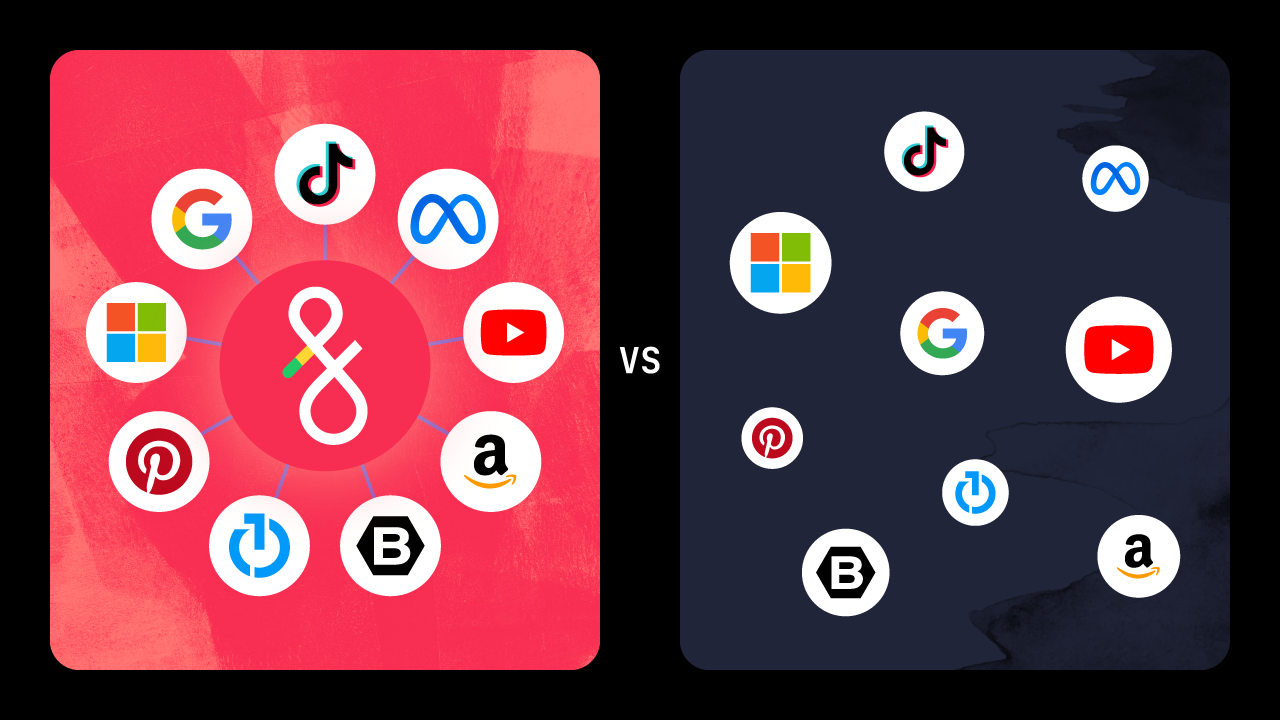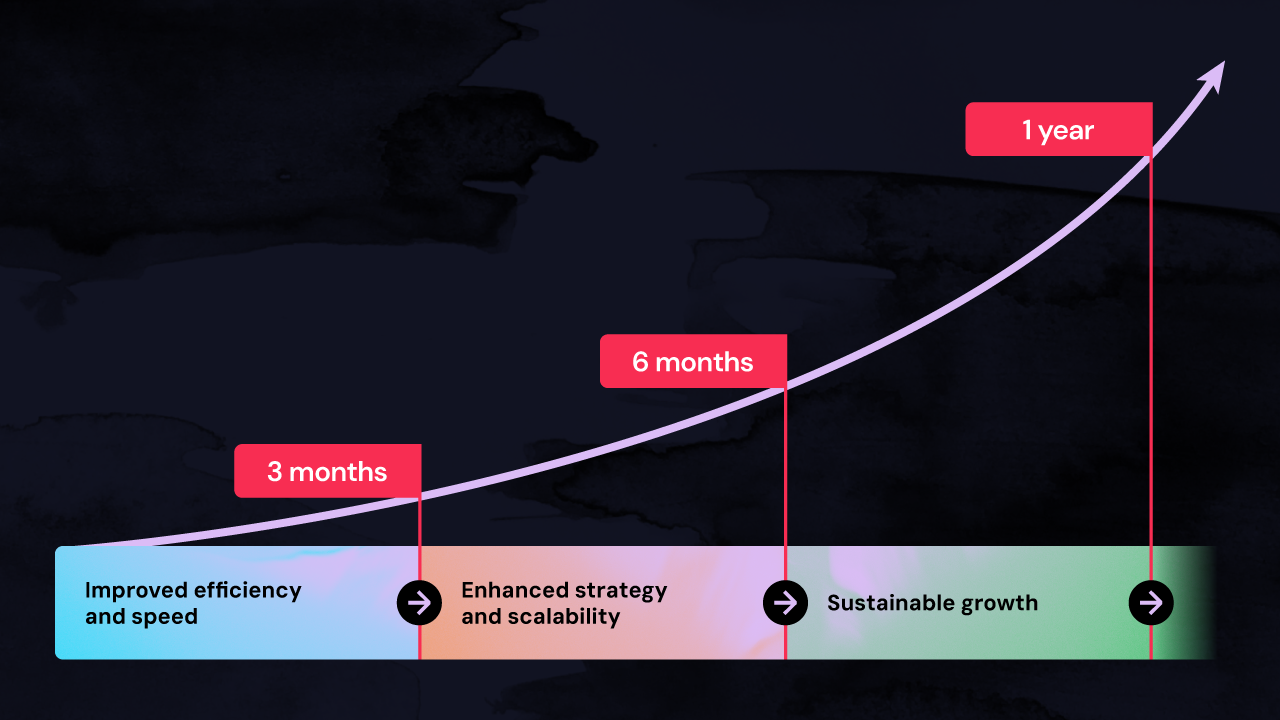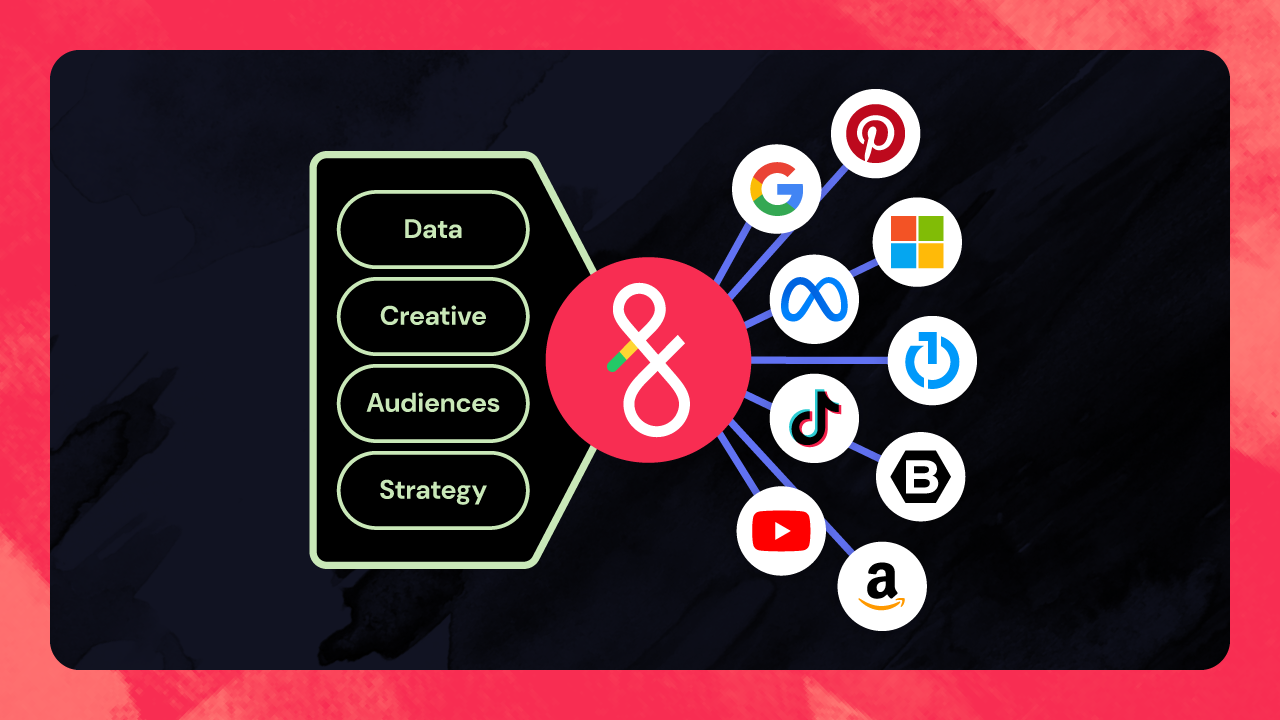4 Benefits of Robotic Processing Automation (RPA)
What if we told you manual campaign launches, updates, budget errors, inaccurate reporting and inefficiencies across your agency or enterprise can become a thing of the past? With a robotic processing automation (RPA) solution, you can start eliminating the challenges holding your business back and start achieving more, faster.
Let’s take a look at four benefits you can start to take advantage of when you deploy an RPA solution–regardless of the size of your business.
#1 Automate Campaign Management Tasks
What could you do with more time? Implementing a system that saves hundreds of hours for your business is not only the logistic key to financial growth and performance, but a cornerstone in fostering happy talent and reducing turnover. With RPA for advertising, you will reduce time spent on repetitive tasks, such as:
- Updating monthly offers or inventory changes
- Applying new audiences to campaigns
- Constantly modifying budgets across campaigns and channels
#2 Minimize Budget Errors
Manually moving budgets across channels like Facebook and Google can literally take days out of an account manager's week. Furthermore, account updates can add an additional five or more days per month to your team members’ already limited time.
Fortunately, RPA for advertising allows for instantaneous, accurate, and cross-channel budgeting. It also enables your team to spend their time more productively, strategically, and creatively. One of the best parts? By utilizing an RPA advertising solution, you make money in the margins, and harness more revenue.
#3 Provide Strategic Insights
Without a customized reporting dashboard and notification center, it is nearly impossible to efficiently and accurately keep track of your cross-channel campaigns. This causes challenges for your business, since accurate, centralized data informs strategic decision-making.
With an advertising automation platform, however, you can consolidate the data from your accounts to one centralized location and feel confident knowing your data is accurate. An RPA-powered advertising automation platform also notifies the team with immediate insights into budgetary issues, and strategic notifications and provides quick ways to optimize account performance.
Lastly, an RPA for advertising tool makes the implementation of Facebook campaigns—and campaigns on other platforms—easier by letting you:
- Streamline budget and campaign management
- Tap into local and collaborative advertising
- Test strategic updates at scale
#4 Save Time and Increase Efficiency
One of the most difficult barriers to RPA adoption is a fear that changing existing processes will result in even more work. However, once uninhibited by the confines of manual processes, the scalability of RPA means more time to focus on strategic business initiatives.
Automated tools unlock creative, scalable strategies. It also empowers members of your organization, rather than replacing them. By reducing the volume of mundane, repeatable tasks, RPA for advertising ultimately creates more time for them to focus on strategy, execution and professional growth.
“Advertising automation platforms are not designed to benefit bottom-lines by thinning your workforce. RPA is best used when empowering current employees to contribute more strategically through time-saved delegating repetitive or error prone tasks to automation.”
- Andy MacLeay, Senior Director of Growth Strategy
Is Your Business Ready to Start Taking Advantage of RPA?
As the only cross-tenant tool designed to automate ad account management, Fluency is here to help. No matter the industry, Fluency works with in-house teams, agencies and enterprises to achieve more, faster.
If you want to go deeper on the subject of time—what you're losing, what you could be saving, and the real results some of our clients have realized when they start gaining it back–check out where we've measured the time tasks take with Fluency’s automation versus without.






